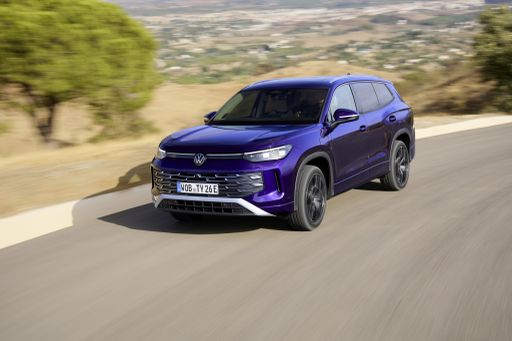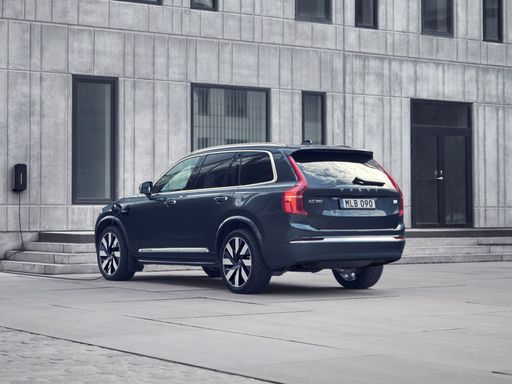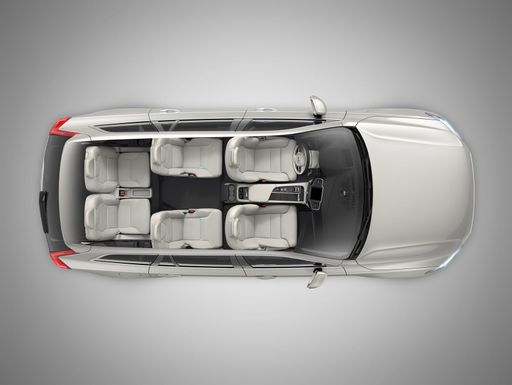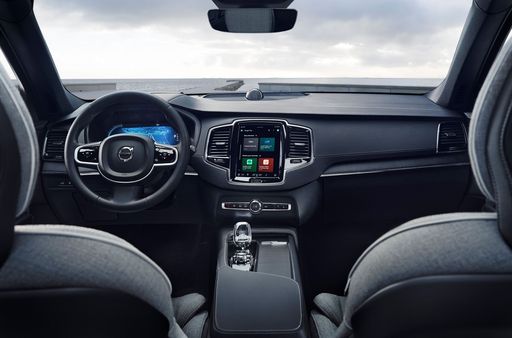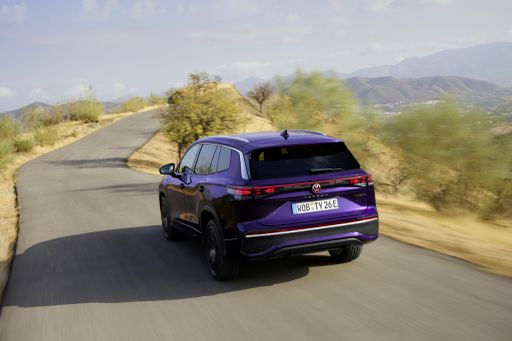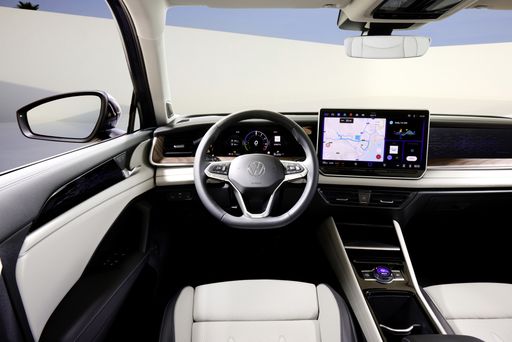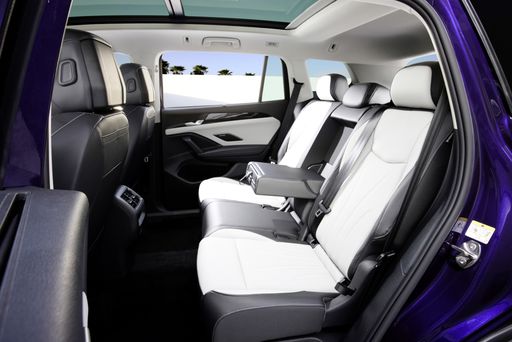Presence and Personality
The Volvo greets you with a composed, Scandinavian calm that reads as quietly premium, while the Volkswagen arrives with a more extroverted, sporty posture that wants to be noticed in the urban jungle. Inside, materials and finishes set different moods: one leans into restrained luxury, the other into contemporary pragmatism with a hint of athleticism. Both feel thoughtfully designed, but they speak to different tastes — the Volvo to the style-conscious minimalist, the Tayron to buyers who prefer momentum and flair.

